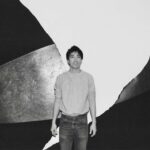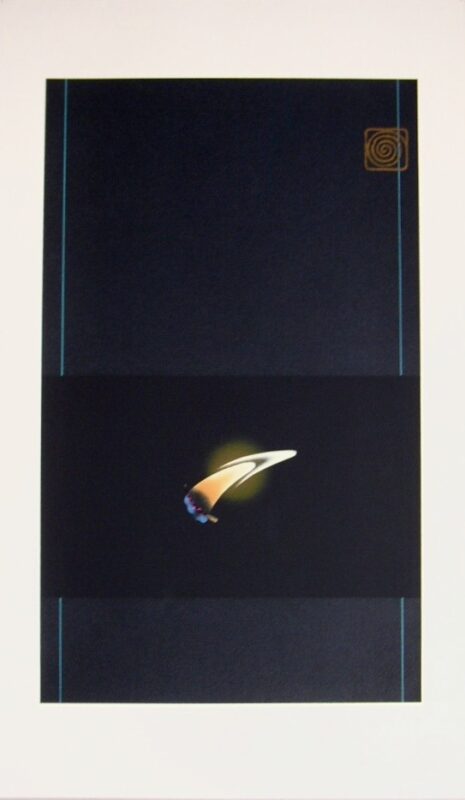
Ching Ho Cheng was born in 1946 to a family of government officials. His father, Paifong Robert Cheng, held the diplomatic post representing the Republic of China in Havana, Cuba during the 1940s, his mother Rosita Yufan Cheng was a fashion designer. Ching grew up in Queens and began winning art competitions in junior high school. When he won first place for a portrait of his sister, the Long Island Press featured him on the front page of the newspaper. This was the beginning of his interest in art, he spent his summers studying at the Arts Students League before matriculating to the Cooper Union School of Art.
Ching Ho Cheng worked primarily on paper. His work is divided into four distinct periods, the Psychedelics, Gouache, Torn Works, and Alchemical Works. Although they appear completely different in painting style, there is a symbiotic relationship that connects all four periods. After graduating from the Cooper Union School of Art he began his dynamic psychedelic series using gouache and ink as a medium. He was greatly inspired by the spiritual symbolism in Tibetan art. In his next series Ching was ready to paint without “explosions” as he put it. Thus, the Gouache Works became his second series in this artistic journey. Here you will see the everyday objects he painted - a peach, a light bulb, a match, a palmetto leaf, these are Ching’s still lifes.
As a general rule, Ching rarely kept any of his work that he felt did not meet his level of perfection. Instead, he would simply tear it to pieces. He could easily destroy something that he might have worked on for weeks. It was this act alone that led him to his third phase of his work: The Torn Works. This series which is bold and striking incorporates various geometric shapes such as a vortex, a rectangle, or the UFO disc.
Ching's Alchemical Works were created by using iron oxide and gesso on paper. They were naturally processed to generate rust and texture by soaking the work in a man-made pool that the hotel allowed him to construct. Ching’s final master work was “The Grotto,” a huge arc 10 feet tall that spans a length of 25 feet. It is magnificent and monumental. It seems quite fitting that this would be Ching’s last master work before he died, for as Ching said, “these paintings are intimations of the “miraculous”. The meaning is for the beholder to discover…
Ching passed away in New York City in 1989. His personal letters, photos, drawings, and artifacts are housed at the Smithsonian Archives of American Art in Washington, DC.































































